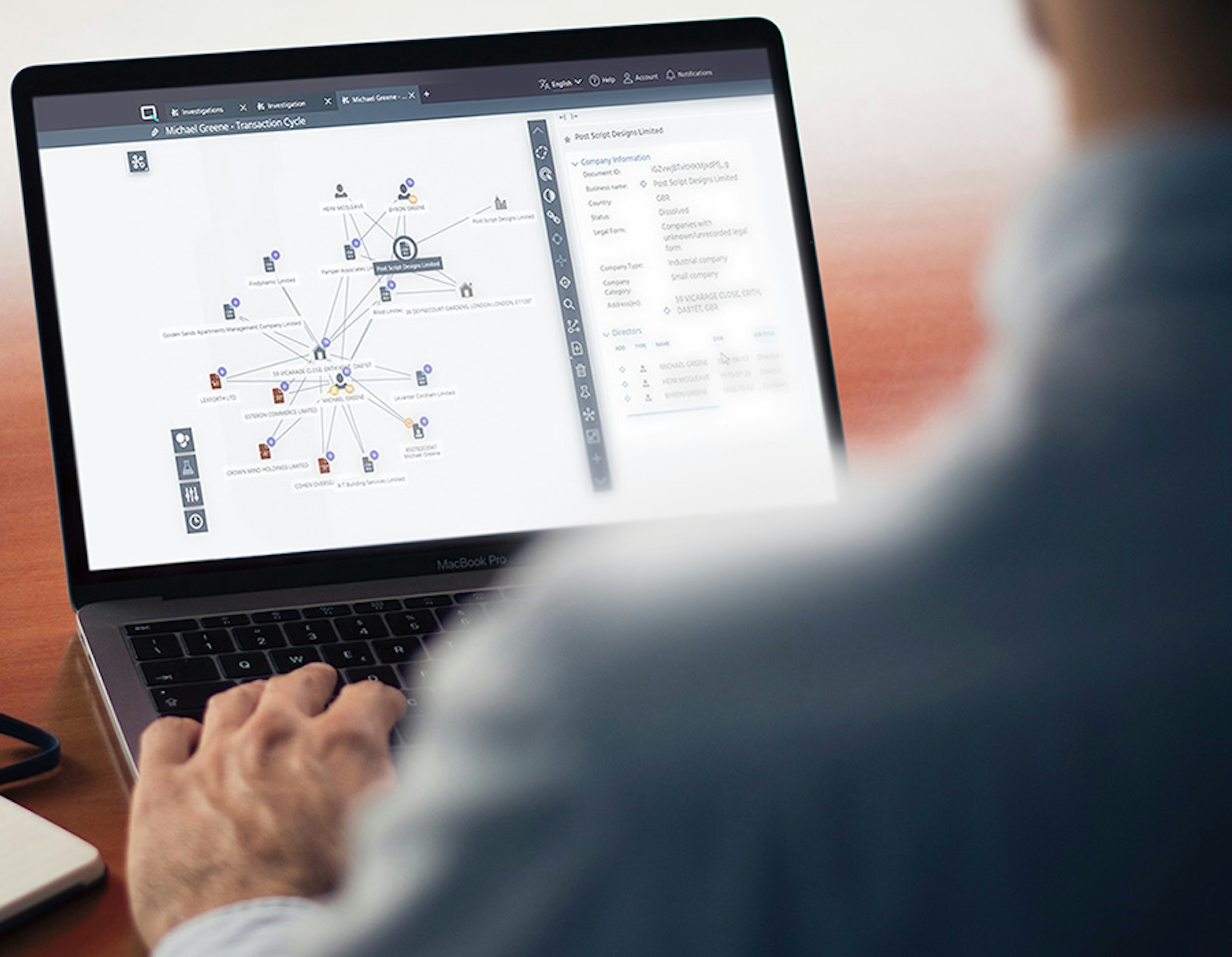What is a Data Transformation? Understanding the Benefits, Techniques and Challenges
Your essential guide to data transformation: what it is, the benefits, the process, and the different types. We also dive into why your organization needs to consider data transformation and some examples.
What is data transformation

Data transformation is a process where data is converted and structured into a format that matches that of the destination system. The aim is to make the data more accessible, so it can be used and analyzed by an organization when they make business decisions.
What is the process of transforming data?
The data transformation process happens over a number of steps.
- 1. Understand the data and verify its quality
You need to know exactly what you’re dealing with. What is the data in its original format? How many types of data are there? Check if anything is missing, if there are any outliers, or if anything is amiss that could cause problems later in the process. You may want to perform a data audit, which involves profiling the data and assessing how it might have an impact on your business if it's discovered to be poor quality.
- 2. Choose your transformation techniques
The technique, or techniques you choose will differ depending on the format you want your raw data to be turned into and what will be most useful to your organization.
- 3. Map the data
The mapping step allows you to plan out the changes from the data’s original format to the new format. This process sees data mapped between two unique data models – in this case the original data source and its new destination.
- 4. Develop the code
This code will be needed to run the transformations you want to take place.
- 5. Execute and validate the transformation
The data will be converted from its original format to the new format using the code, then sent to the destination system. Check whether the transformation has gone as planned and correct any errors.
- 6. Document the transformation
Check you have the intended results, then document the process in case anyone needs to refer back to it in future.
Why do organizations need to consider data transformation?
Organizations use data on a daily basis. That data is most useful and valuable when it is clear, organized and can be analyzed, because stakeholders are then equipped to make better-informed business decisions. Data transformation enables this, and makes larger quantities of data more usable and manageable.
What are the types of data transformation?
There are many types of data transformation. The one you use will depend on what you want to achieve. The most common types fall into the following categories:
Aesthetic: The data is standardized to meet specific requirements (for example, all dates are written in the same format).
Constructive: The data is added to or copied (for example, a customer’s email address is added if it was missing before).
Destructive: Some data is deleted (for example, duplicate data is removed).
Structural: The database is reorganized (for example, columns are renamed, moved or combined).
Data transformation techniques
There are also many data transformation techniques, but not all of them work with all types of data. The one you use will depend on the format of your raw data and the intended format after the transformation is complete. You might combine a number of techniques to get the result you want.
Technique
Definition
Aggregation
Data from different sources is summarized so it can be analyzed
Attribute construction
New attributes are created from existing data.
Cleaning and filtering
Errors, inconsistencies, missing values and duplicates are identified and removed from the data. If the focus is solely on removing duplicates then the technique is called deduplication.
Combining
Data from multiple sources is combined so the organization can get a clear overview of it.
Derivation
Existing data is used to create new variables or columns using calculations.
Discretization
Continuous data is given labels so it is easier to analyze.
Enrichment
Details from external sources are added to existing data, for extra detail and context.
Feature engineering
New features are created based on insights from the data.
Feature scaling
Each feature is rescaled to have a standard deviation of 1 and a mean of 0. This is also known as Z-score normalization.
Format conversion
The format of the data is converted so it’s compatible across the systems used by the organization.
Generalization
Data is sorted into wider, less precise categories so the organization can get a broader look at patterns and trends.
Key structuring
Keys with built-in meanings are transformed to generic keys. These refer back to the source of the data with the information.
Manipulation
New values are created using existing data, or unstructured data is converted to structured data.
Pivoting
The columns and rows in a dataset are rearranged so you can see the data from different viewpoints.
Revising
Data is reorganized to suit its intended use.
Scaling
Data is transformed so it fits within a set numerical scale.
Separating
Data values are split by dividing one column with multiple values into separate columns with each of those values, allowing the organization to filter the data.
Smoothing
Outliers are removed from the data so it’s easier for the organization to spot patterns and trends.
Sorting
Data is organized in such a way that it becomes easier for the organization to search it.
Validation
Incorrect or incomplete data is removed.
Vectorization
Non-numerical data is converted into numerical data.
Benefits of data transformation
Data that is transformed across models can play a large role in the continued growth and sustainability of an enterprise. Here are some of the most pressing ways that data transformation provides a tangible benefit:
The consistency and quality of data is improved during the transformation process. Data which is formatted correctly, has incorrect or incompatible values removed, and is organized in a logical way is easier for people and computers to work with. Greater understanding and less room for misinterpretation leads to better data-driven business decisions.
The format of the data can be changed during transformation. This can make data more accessible, allowing the organization to work with data that they were previously unable to use.
Standardized data is easier to find and manage, allowing an organization to make greater use of data across multiple sources.
Structured and unstructured data can be brought together, allowing organizations to combine the flexibility of unstructured data with the organized nature of structured data.
Different data sets can become compatible with each other through transformation, which means they can be analyzed in relation to each other.
It saves time and money long-term. Automated transformation is quicker than manual transformation, which means data scientists can focus their attention on a greater range of work.
Challenges of data transformation
While a useful and practical way to enhance different aspects of an organization, data transformation can sometimes also generate obstacles. Although they are ultimately traversable, these challenges are not uncommon as part of the data transformation process:
The cost
Data transformation can be expensive, as it requires a lot of resources, including software, tools, and people who understand how to use them and work with the data. However, it is more cost effective long term to hire people who have intricate knowledge of the transformation process and everything it entails.
Strain on secondary software
A data warehouse can slow down other operations as more and more data is added, unless it’s cloud-based and can therefore scale up without issue.
Complexity and expertise
As the nature of data becomes more complex, so does the transformation process. Great care must be taken at each step to ensure accuracy. Expertise and contextual awareness are needed to ensure the process is carried out correctly. Without a true understanding of transformation and business context, the resulting data can be inaccurate and lead to misinformed business decisions being made. Turning to a professional team like Quantexa for all data management needs ensures a smoother process.
Security
Privacy and data protection also need to be considered. Data is at risk of being exposed during the transformation process, potentially revealing sensitive or personally identifiable information.
What are some examples of data transformation?
Let’s take a look at some simple examples.
Data is often stored in a CSV (comma-separated values) format or XML (extensible markup language) format. However, because the two formats work so differently, an application designed to open one of these formats wouldn’t be able to open the other. But data transformation would allow this to happen.
Data in a spreadsheet can be difficult to analyze if it’s not organized well. For example, if you were a retailer, you’d keep a record of what’s been sold over the year, and you could transform the data so it’s arranged into categories. You’re then better equipped to see what has sold most and how much money you’ve made, allowing you to make decisions going forward.
Once a data platform has been implemented to its fullest capacity, a strong monitoring and analytics strategy should be established to ensure that insights and data performance are optimized.
Traditional data management tools can’t resolve data inconsistencies and often require time-consuming data transformation. Quantexa’s Data Ingestion uses a schema-agnostic approach and performs AI-powered data transformation, cleansing and parsing for you, reducing project length significantly.
Data transformation FAQs
What is the difference between data processing and data transformation?
Data processing happens when raw data is collected and converted into a different, more readable format that provides information and context for the people and computers that need to use and interpret it. Whereas data transforming is where the same data is transformed and then transferred across two different data models.
When should I transform the data? 
Data should be transformed when you need its format to match that of the data in your destination system. ETL is used to prepare data for long-term storage in a data warehouse or data lake. ELT (extract, load, transform) is used when organizations store their data in cloud-based data warehouses. The data is extracted and loaded first, with the transformation process only used when the information from the data is required.
Is data transformation the same as data cleaning?
No. Data cleaning is a different process which identifies and removes any data that should not be in a dataset, such as errors, inconsistencies, missing values and duplicates.
Useful links
We’ve discussed a lot in this guide, but there might still be more you want to discover about data transformation. Browse these handy sources to learn more.


